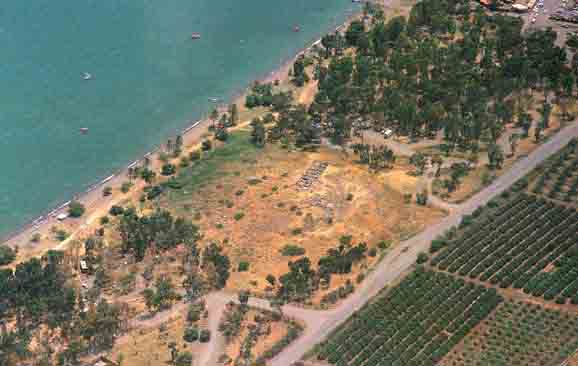Image Details

The Land of Geshur Archaeological Project
During Iron Age I (12th and 11th centuries B.C.E.), Tel Hadar was surrounded by two massive concentric defensive walls built of basalt. The outer wall measured 12 feet thick; the inner wall, located about 65 feet up the slope of the tell, was nearly 10 feet thick. The excavators estimate that the height of the basalt portion of the walls reached 15 feet above ground level; basing themselves on the practice at other sites in the ancient Levant, the excavators suggest that the walls would have been topped by a further 12 to 20 feet of mudbrick.
Given the massive dimensions of the defensive fortifications, the number of luxury items discovered at the site and the presence of two orthostats, usually an indication of royal architecture, Tel Hadar was almost certainly a major Geshurite stronghold—perhaps the very one to which Absalom had fled after the murder of Amnon.
